Windows 10 renamed the original Windows Explorer (from Windows 8) to File Explorer, and has added tons of new features to it. As an old-time Windows operating system user, you must know what it is for. In this post, we will be introducing some ways for you to get help with File Explorer in Windows 10 easily.
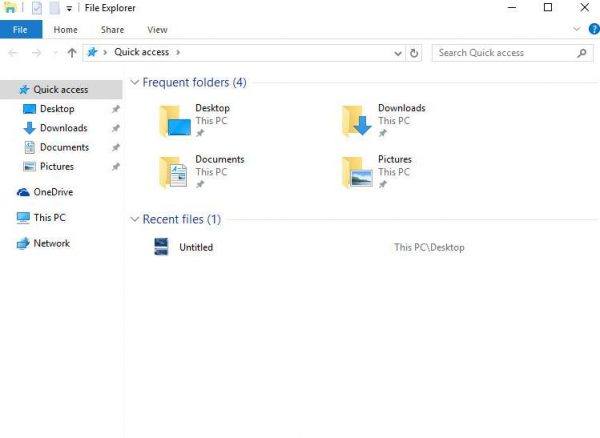
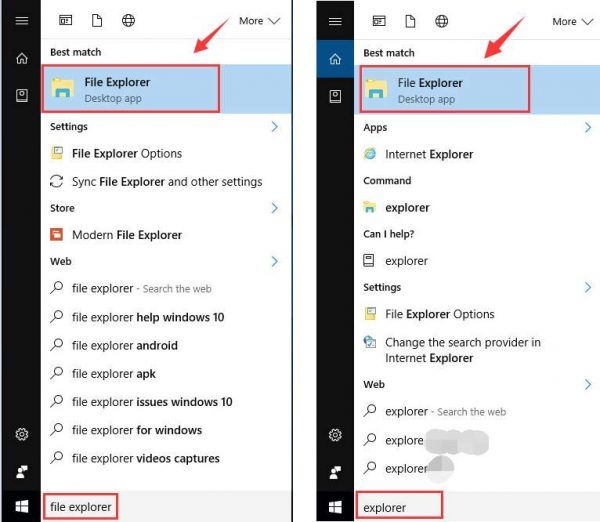
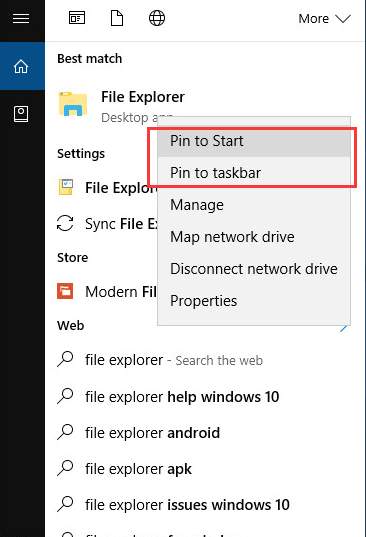
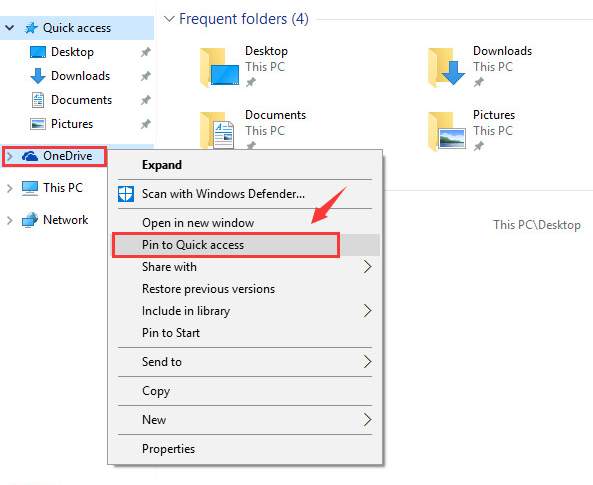
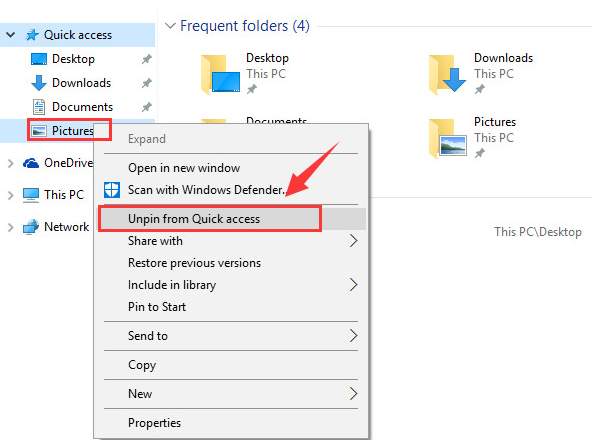
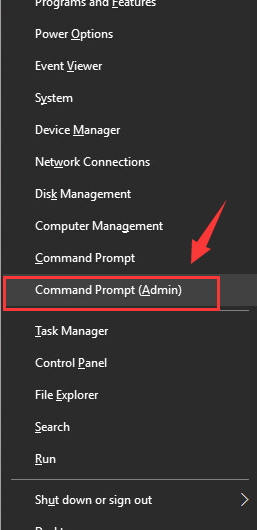
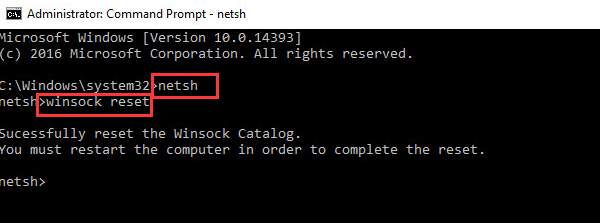

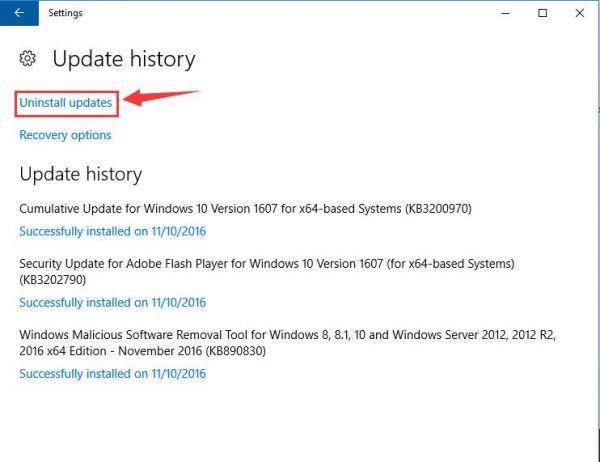

6
6 people found this helpful
1 Comment
Most Voted





